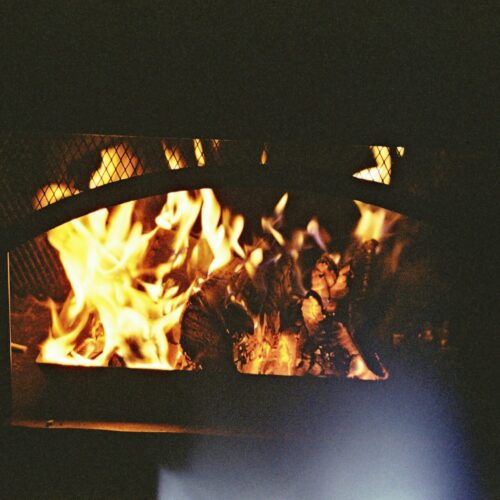
The ongoing industry consultation for the Future Homes Standard means that new homes are to be built using low carbon heating as well as tighter fabric, to achieve 75%-80% lower carbon emissions (on 2013 Regulations). However, many homeowners may be in remote off-grid areas may require backup heating for the coldest periods, and there is greater risk of power outages as the pressure on the national grid increases in coming years. As a result, MHCLG confirmed this April that wood burning stoves would be permitted under the FHS as a secondary heating source in new homes, ensuring such systems retain a place in low carbon home designs.
Modern wood-burning stoves can provide drastically lower emissions compared to open fires or older stoves, and add resilience by providing decentralised, off-grid heating in times of power outages. They can also provide support for local economies in terms of wood production.
The stoves and fires industry has been working together to lobby government to try and ensure that wood-burning stoves remain part of the mix of energy for low carbon homes going forward, as a secondary heating source. This has seen success in terms of the assurances so far given for secondary heating in the Future Homes Standard, so that battle has been won arguably, but what are the best options for installing and commissioning stoves within new, more efficient and environmentally friendly house designs, and how should they be operated effectively?
This round table will discuss how the Future Homes Standard has freed up developers to pursue efficient secondary heating options (e.g. infrared, electric panels, smart zone control), including:
- Implications of not banning secondary heating as had been rumoured in the Future Homes Standard
- What buyers expect from heating systems
- Challenges with comfort in colder rooms
- Emotional/psychological factors influencing secondary heating demand
- Position of heat pumps and electrification for FHS
- Integration with renewable systems
- Design flexibility and aesthetics
